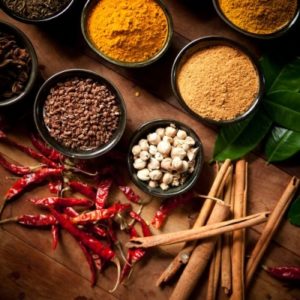
Portugal sets sail
The age of exploration (or discovery) was fueled by many factors. New technologies made nautical navigation easier than ever, a few countries had the means to expand their empires, and the spice and silk trades were hotter than a blacksmith’s forge. Countries like Spain and Portugal could dip into the royal treasury to fund expeditions that would ideally create new trade routes and imperialize.
For Portugal, the decision to go ahead with exploration was a no-brainer. This country was the first to get on board with seeking new trade routes, as it were. Prince Henry the Navigator, son of Portugal’s king, subsidized research and preparation for discovery efforts. Perhaps the most famous and successful of Portugal’s explorers was Vasco da Gama. His crew set sail in the 1490s south toward the Cape of Good Hope in Africa. His ships rounded the cape and went north toward India. The voyage took two years, but da Gama returned laden with spices. His efforts and success only fueled Europe’s appetite for spices, which is still strong today.
Spain weighs anchor
Spain’s motivation for exploring into the unknown world was much less about culinary endeavors and more about building an empire. Christopher Columbus, Hernan Cortes and other Spanish explorers founded colonies and brought back spoils. The gold and silver these men carried home enriched Europe, allowing its people to improve their quality of life. For many, that meant purchasing spices and other luxury goods.
However, one explorer did seek spice routes on Spain’s coin: Ferdinand Magellan. The Portuguese explorer failed to get funding from his native country and went to the Spanish government instead. Spain decided to fund his expedition, which led him west toward what he called the Spice Islands. Sadly, Magellan never saw those shores. He was shot with an arrow and died during his journey. His crew, however, did return to Spain. In fact, 18 original crewmen sailed around the globe to the Moluccas and made it back home with plenty of spices.
Spices today
Now you can walk into any grocery store and pick up spices that used to require months (if not years) of travel to acquire. While gaining access to seasonings would have happened eventually, the age of exploration added the spices to the international culinary lexicon early on.

